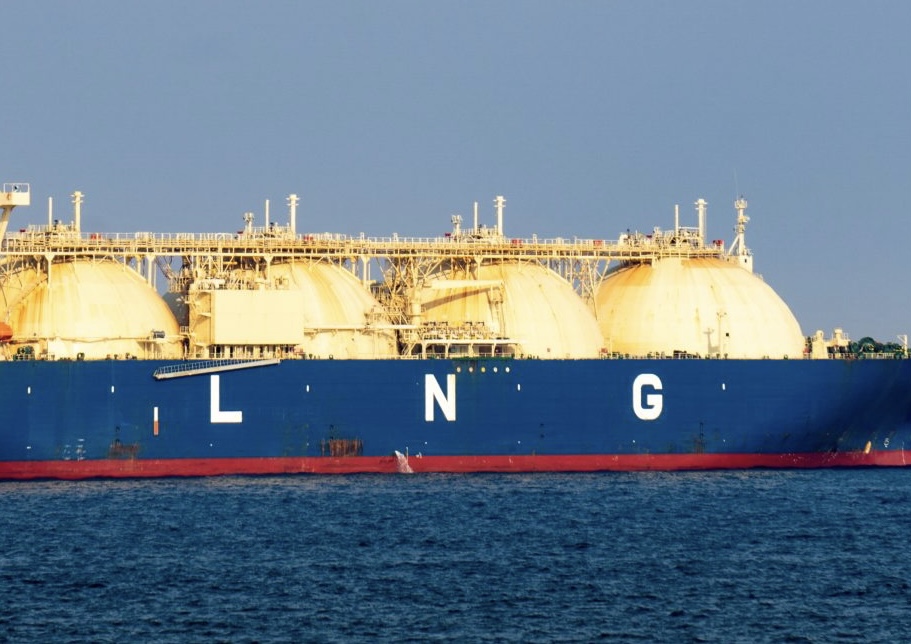KEY POINTS
- Egypt is set to increase LNG imports beyond its 2028 target due to rising local demand and sluggish output.
- The country’s energy import bill is projected to jump to $20 billion in 2025, straining dollar reserves and the current account.
- New gas contracts and projects like Mina West offer hope, but energy experts say imports will remain essential for years.
Egypt is poised to significantly boost its liquefied natural gas, LNG, imports through the end of the decade as domestic production fails to keep pace with soaring demand, heightening concerns over the nation’s energy stability and dollar liquidity.
Citing a report from Bloomberg, industry insiders say Cairo’s LNG import volumes are now expected to exceed earlier targets set through 2028, despite ongoing efforts to expand import infrastructure. These include the installation of new floating regasification terminals and discussions for a long-term LNG supply agreement with Qatar.
The development underscores a worsening energy outlook for the North African nation. Egypt is unlikely to meet its previous target of resuming LNG exports by 2027, a milestone once viewed as pivotal for the country’s economic recovery.
“The LNG shortfall is going to be one of the biggest burdens on Egypt’s current account and dollar liquidity for the foreseeable future,” said Riccardo Fabiani, interim programme director for the Middle East and North Africa at the International Crisis Group, according to the Bloomberg report.
Surge in energy costs strains national budget
Egypt’s petroleum and LNG import bill is forecast to climb sharply from $12.5 billion in 2024 to $20 billion in 2025, placing additional stress on a fragile economic landscape. The significant rise in energy-related expenditure is expected to further widen the current account deficit and complicate foreign currency management.
Egypt, with a population exceeding 110 million, has struggled to balance increasing energy demand—driven by population growth, industrial expansion, and seasonal consumption—with declining production from its aging gas fields.
In July, Kufpec Egypt—a subsidiary of Kuwait Foreign Petroleum Exploration Company—and Shell Egypt jointly announced a final investment decision for the development of the Mina West gas field. The project is expected to deliver medium-term gas inflows, though analysts believe it will not suffice to plug the widening supply-demand gap.
The nation’s current proven gas reserves are estimated at 2.2 trillion cubic metres, placing it sixth in the Arab world, trailing only Qatar, Saudi Arabia, the UAE, Algeria, and Iraq, according to data from the Arab Energy Organization.
Cairo seeks foreign investment to reinvigorate sector
In a bid to boost exploration and development, Egypt plans to award new gas contracts to international companies in August as part of its latest upstream licensing round. Industry sources say the round has attracted strong interest from global energy players, with bids spanning a wide geographical range across the Eastern Mediterranean and Western Desert.
While officials remain hopeful that these investments will rejuvenate domestic output, energy experts caution that even best-case scenarios may not prevent a continued reliance on imports for the remainder of the decade.
Additionally, Egypt’s broader energy strategy includes plans to activate its first nuclear power reactor by 2028—a long-anticipated diversification move that aims to ease dependency on fossil fuels.
“This is a critical moment for Egypt to balance immediate energy needs with long-term sustainability,” one Cairo-based energy economist said. “But the path ahead will demand hard fiscal choices and deep sectoral reforms.”



